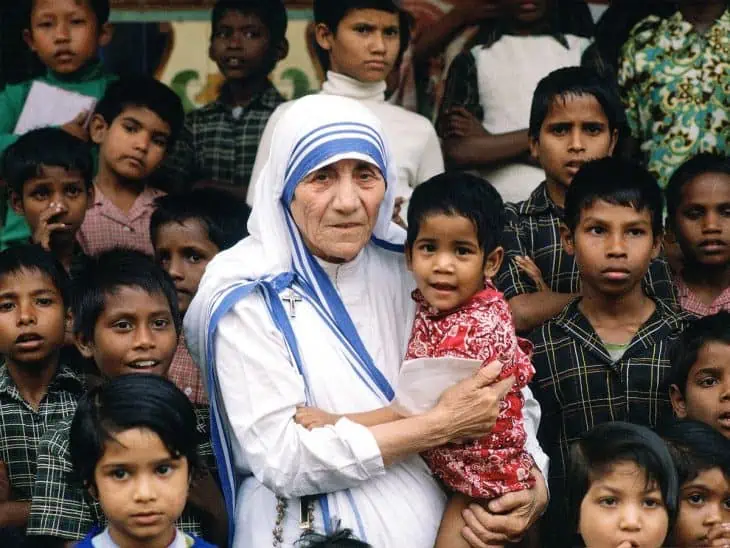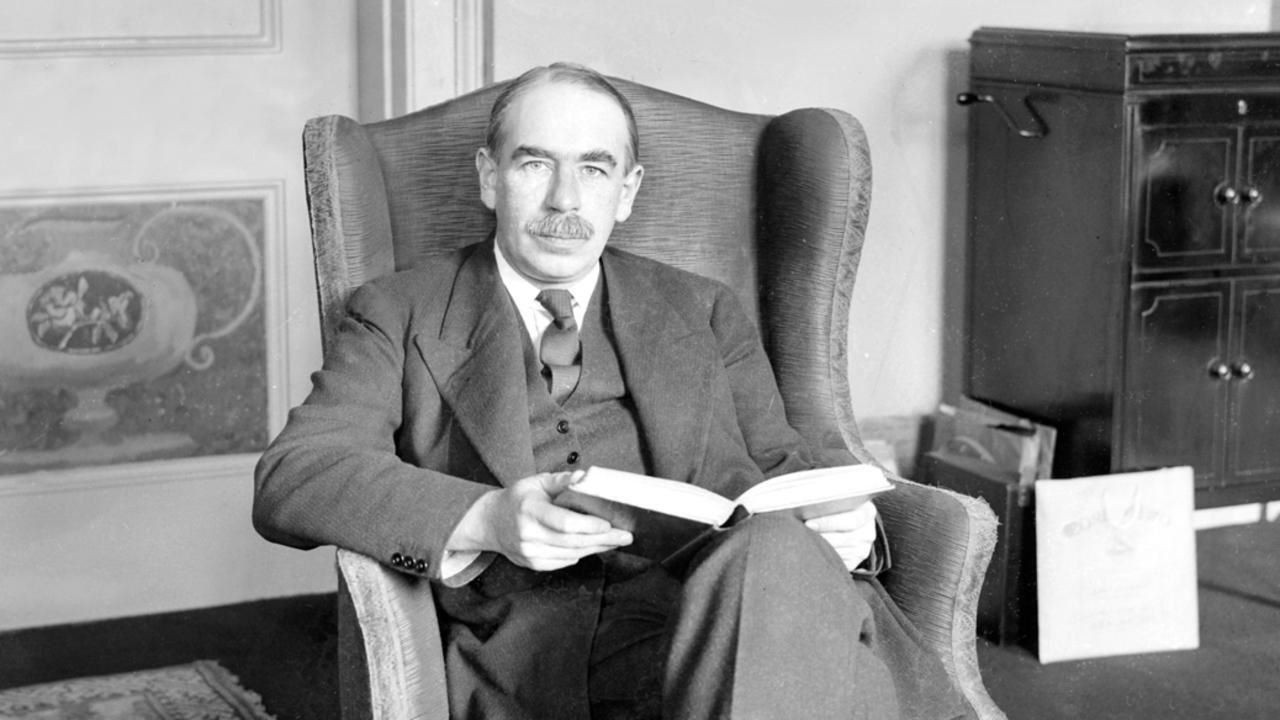
If you grew up in a Christian household, there’s a high chance you’ve seen images of her, or have your aunts or mothers post quotes, or even facts, by Mother Teresa on Facebook. If you were born with a different religion, you may have seen her image nonetheless, because of her overwhelming popularity when she was still here with us. They called her by the name, Mother Teresa of Calcutta. She also goes along with titles such as Mama Teresa, St. Teresa of Calcutta, and the Blessed Teresa of Calcutta. But who was Mother Teresa? What did Mother Teresa do?
She founded the Order of the Missionaries of Charity in India and then began a journey that would lead to international support. She also received many awards because of this. Moreover, you may easily pick up a Mother Teresa biography article on the internet with little effort. However, there are also some facts that can be easily misplaced with the miraculous life of Saint Teresa of Calcutta. Listed below are fifty Mother Teresa facts that will give you a glimpse of the amazing life she led.
- Mother Teresa joined the Sisters of Loreto in 1928.
- Before realizing her true calling, Mother Teresa taught Indian students for 17 years.
- She founded Nirmal Hriday in 1952.
- The Missionaries of Charity reached over 90 countries during her role as Superior General.
- Her order grew into 4,000 nuns, and more than a hundred thousand lay workers at the time of her death.
- Mother Teresa was baptized on August 27, 1910
- She died of a heart attack on September 5, 1997, in Calcutta.
- Saint Teresa was canonized on September 4, 2016.
- Her feast day is September 5, the same day of her death.
- Mother Teresa was born on August 26, 1910.
- Her real name is Agnes Gonxha Bojaxhiu.
- The Saint, Mother Teresa, was adamant about her purpose as early as twelve years old.
- She received the Nobel Peace Prize for her humanitarian endeavors in 1979.
- Mother Teresa has a shrine dedicated to her name, Mother House of the Missionaries of Charity, in Kolkata, West Bengal, India.
- Her parents were Nikolle and Dranafile Bojaxhiu.
- Mother Teresa used to pray daily. Her prayer has been called Mother Teresa’s Prayer, and involves praying for Christians to remind themselves of the true meaning of charity.
- There are four prayers to St. Teresa of Calcutta.
- Mother Teresa performed two miracles: curing a man of brain abscess, and curing a woman with a lump in her abdomen.
- In her words, she says that she is Albanian by blood, Indian by citizenship, a catholic nun by religion, but she belongs to the world. Her heart, however, belongs only to Jesus.
- India released a commemorative ₹5 coin during Mother Teresa’s 100th birth anniversary.
Was this page helpful?
Our commitment to delivering trustworthy and engaging content is at the heart of what we do. Each fact on our site is contributed by real users like you, bringing a wealth of diverse insights and information. To ensure the highest standards of accuracy and reliability, our dedicated editors meticulously review each submission. This process guarantees that the facts we share are not only fascinating but also credible. Trust in our commitment to quality and authenticity as you explore and learn with us.


